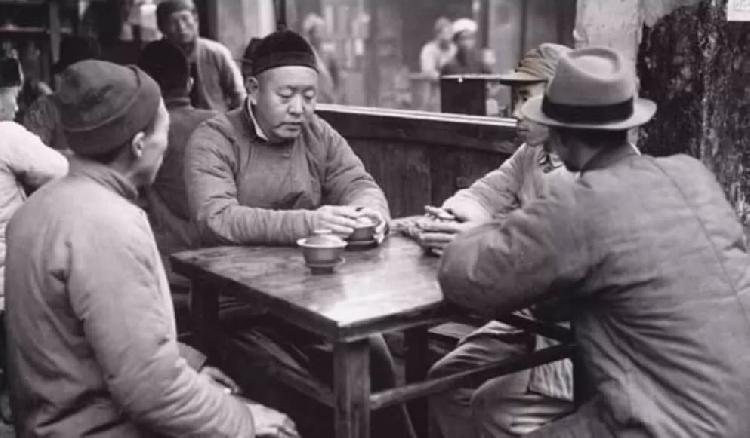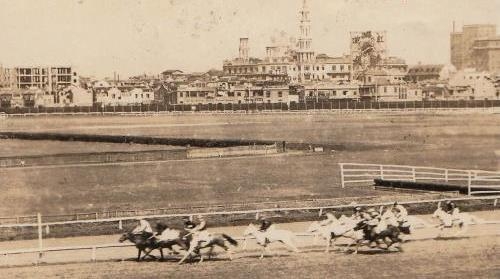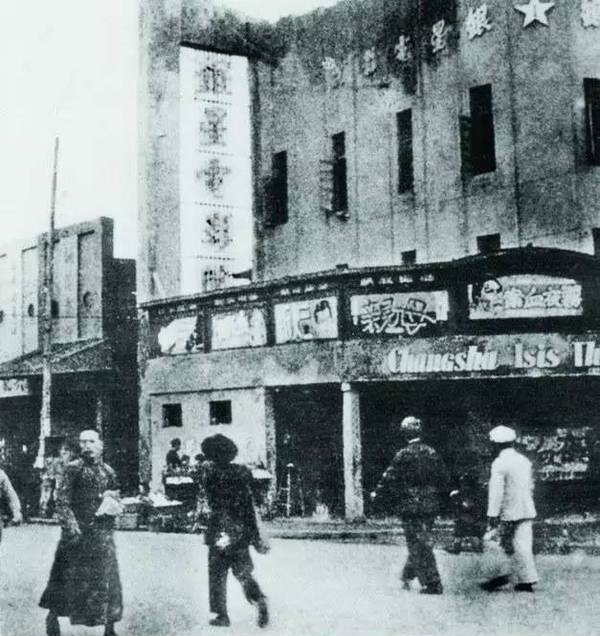6000 songs are gone! After 80′ s, "youth" was collectively removed from the shelves after 90′ s. Netizen: When was the last time you went to KTV?
Recreational activities can clearly show the changes of Beijing people’s life.
Entertainment activities that have been popular for a hundred years, such as going to the theatre, eating banquets, listening to books, watching Chinese horse races, listening to singers or enjoying acrobatics, still occupy a significant position.
However, there have been some new changes: new dramas have appeared, storytellers have begun to talk about some educational stories in addition to old stories, and some new entertainments have appeared in the Republic of China, such as swimming, billiards, movies and park leisure.
In the Republic of China, storytelling was still an ancient form of entertainment widely circulated in Beijing, which was loved by rickshaw pullers in alley teahouses, children in hutongs, crowds at temple fairs, and all kinds of people in the streets or private parties.
There are many teahouses in Beijing with more than 100 seats, which are specially used as storytelling venues. The price of each seat is 2 coppers, and 20%-40% of the profits go to the teahouse owner.
One of the most famous storytellers at that time was Shuang Bing. It is said that he earned 1000 coppers a day.
At that time, there was also a social education department called the Popular Science Department in the Academic Affairs Bureau, which often sent special personnel to keep in touch with storytellers and help them modify the script content.
The popular science department will also help storytellers to set up guilds, with the aim of improving traditional jokes and enriching new materials. The guild headquarters is located in the first specialized school in the north of Xisipailou.
In order to maintain the quality and level of storytellers’ work, guilds often send investigators and secretaries to the scene to attend.

teahouse
During the Republic of China, horse racing in Beijing was often regarded as too dull by foreign people.
Horse racing is often held in temple fairs, such as the annual horse racing in the open space of Baiyun Temple in the West Wall.
The racetrack is about 300 yards long and 25 yards wide, and there are awnings on both sides where the audience can sit. When watching, the audience can drink tea and eat melon seeds.
Horse racing is sometimes held in the entertainment center in the south of the city, and the venue is located outside the Xiannongtan.
Compared with Chinese horse racing, western horse racing is held in the racecourse in the western suburbs of Beijing every spring and autumn.
The race is hosted by foreigners, and all the participants are foreigners’ horses, and most of the knights are foreigners, while the audience is mostly from China.
In addition, people in China at that time liked to watch polo matches held by foreigners in the warning zone near the embassy district.
Since 1905, some western-style entertainment activities have entered Beijing, and have shown a substantial growth. Among them, the activities and places that attract more attention are billiards hall, cinema, park, entertainment center and modern sports activities.

horse race
Before 1908, there was no billiards in Beijing. By the 1920s, there were 17 billiard halls and 79 tables in Beijing.
Billiards halls are mostly located in Nancheng, and the business hours are about 10 am to midnight, and some even go to 2 am.
Most guests visit in the early hours of the morning. The unified charging standard for billiards is 20 points per game. Every table in the biggest billiard hall in Beijing can be credited to 20 yuan every day.
At that time, the most popular places were Huixian in Dong ‘an Market and Zhongxing Billiards Hall in Nancheng.
Billiards hall is a new entertainment, and it was not until 1918 that there was a guild.
Since the establishment of the association, the past price fluctuation is no longer the case. Since then, the price has been standardized, and there are no more coupons, and no more cigarettes and alcohol are given to customers. Shops who don’t comply will be fined.
The first cinema in Beijing opened in about 1909 and was immediately welcomed by the people.
In the 1920s, the number of seats in cinemas in Beijing could reach 3,000. At that time, all the films released were shot by western countries, and most of them were western themes, only a few of them had Chinese subtitles.
There were six theaters in Beijing at that time. The most luxurious one is the Ping ‘an Cinema on East Chang ‘an Avenue, which is opened by the British and serves foreigners.
The opening hours are from 9: 15 to early morning every night, and on Wednesday and Saturday afternoons. Admission fee is 60 cents to 1.5 yuan. It can accommodate about 200 people.
Daguanlou is located in Dashilan, the largest commercial street in Nancheng. Hua ‘an Cinema is located in the Stargazing Garden outside Hademen.
Movies are also shown in the amusement park of Xiannongtan in Nancheng and the New World. The amusement park is shown in the open air, and the New World is on the roof platform. The expenses for watching movies and all entertainment of these two houses are included in the tickets. The YMCA also has movies every Thursday.

theatre
All cinemas in Beijing must have a business license issued by the police station, and they have to pay 60 yuan tax and 30 yuan public security service fee every month.
At that time, foreigners’ feelings about Beijing cinemas were mostly that only poor films were shown, which were neither true nor pleasing in the United States or Europe. Few cinemas show educational films.
In the 1920s, the American Community Film Service, in cooperation with the YMCA, launched a campaign to widely publicize educational films in northern China. These films truly reflect China’s own social problems.
Zhang Xianwen and Zhang Yufa: Special History of the Republic of China (Volume 8)
Editor: Huang Yong
The upstream article only represents the author’s own point of view, not the upstream position, and the author is responsible for it. If you have any questions about the content and copyright of the article, please contact the upstream news.
Contact email: syh@cqcb.com.